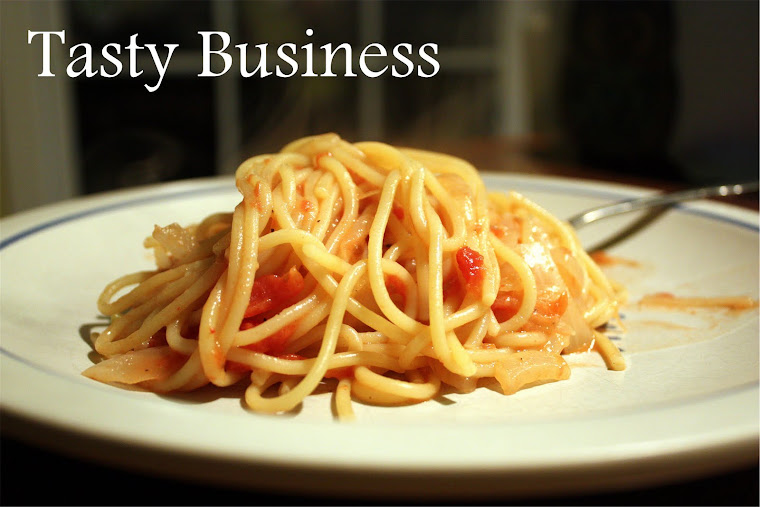
Scallops are interesting shellfish - they are the only bivalve that swims. Scallops don't attach to rocks or bury themselves like other mollusks; instead they lie free on the ocean floor. They escape predators by using two central muscles to close their shells together, force water out one end and propel themselves through the water. The largest of those muscles, the adductor, serves as the main protein storage component for the scallop. Proteins (or amino acids, particularly glycine) are broken down into glucose, giving the scallop its signature sweet taste. The scallops we purchase and eat are really just the large, central adductor muscle of the scallop. The smaller, tough little muscle that is sometimes attached to scallops is the muscle that holds the shells together. This little muscle should be removed before cooking.
We typically eat 2 different species of scallop. "Sea scallops" (species Pecten) are larger and harvested from deep, cold ocean water year-round. "Bay scallops" (species Argopecten) are smaller and are dredged or gathered by hand closer to shore during a defined season.
Most scallops, following harvest and shucking, are treated with a polyphosphate solution for better preservation. These "wet packed" scallops lose some flavor and contain a lot of liquid. Be sure to drain the scallops thoroughly on paper towels before cooking. Alternatively, you can purchase "dry packed" scallops which have not been treated with any solutions. They can be more difficult to find and are more expensive, but are worth the effort.
Scallops are popular across the world, but particularly in New England, where they are often served fried or broiled with butter and breadcrumbs. However, I love the sweet taste and chewy texture of scallops so much that I prefer a simpler preparation. Pan-searing is a quick and easy method that allows the true taste of the scallop to shine.
I rounded off dish with couscous and spinach sauteed with garlic. After searing the scallops, I added a bit of butter and white wine to make a pan sauce that I drizzled over the dish.





No comments:
Post a Comment